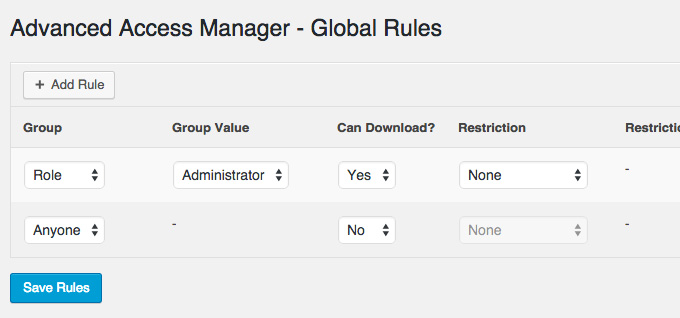


It not only improves passing rates, particularly in regions of steep dose gradients, but also gives the user a complete picture of the gamma result in the entire phantom volume, which significantly increases evaluation efficiency.įailed points, measured isodoses, contours of the CTV, PTV and organs at risk can be overlaid onto the patient’s CT image, making it easier to detect dose errors immediately and identify the possible causes for failures. If local dose is chosen as gamma evaluation criterion, overdosage in low dose regions can be detected which may be overseen when using the maximum dose level as reference value.Ī volumetric 3D gamma index analysis expands the analysis range from a plane to a user-defined volume. VeriSoft enables calculating not only the 2D but also 3D gamma index for each of the three planes (axial, sagittal, coronal), which may reduce the number of failed points in high dose gradients. To analyze details either the complete plan or user-defined gantry angle segments ("Control Points") can be loaded for dose comparison.In addition to all standard comparison tools VeriSoft gives you a full range of advanced tools for the comparison in axial, sagittal and coronal planes. VeriSoft provides powerful 3D dose distribution comparison and evaluation tools needed to answer the question “Does the patient plan agree with my acceptance criteria?” with full confidence. Integrated dose reconstruction algorithms support OCTAVIUS 4D for verification of standard and non-standard clinical parameters such as non-coplanar beams, large fields, extremely off-axis lying target volumes or treatments with multiple energies etc. VeriSoft supports the control of all available PTW OCTAVIUS solutions necessary to verify IMRT, VMAT or SRS/SBRT treatment plans.


 0 kommentar(er)
0 kommentar(er)
